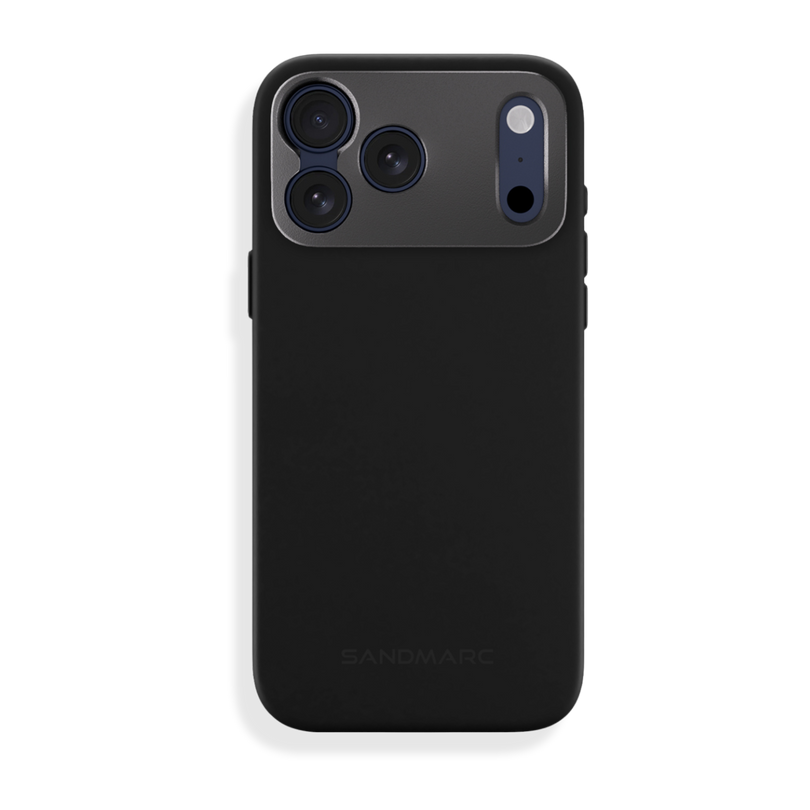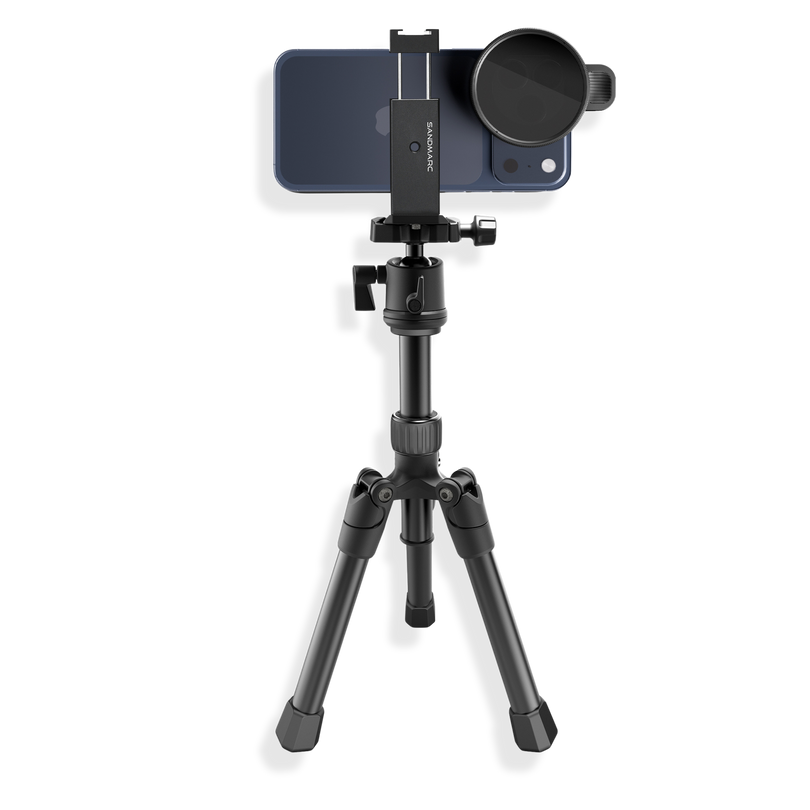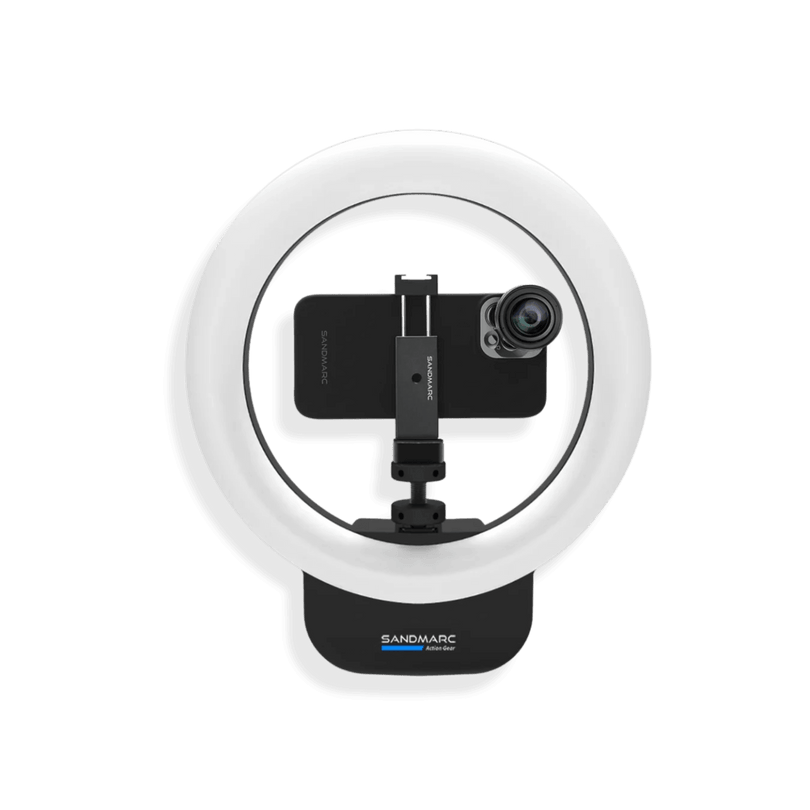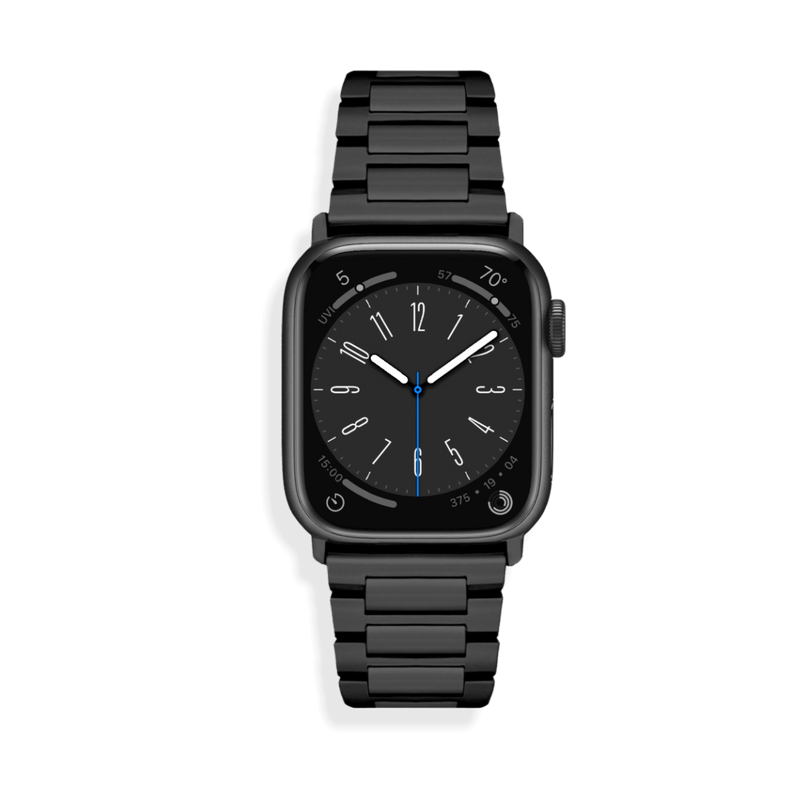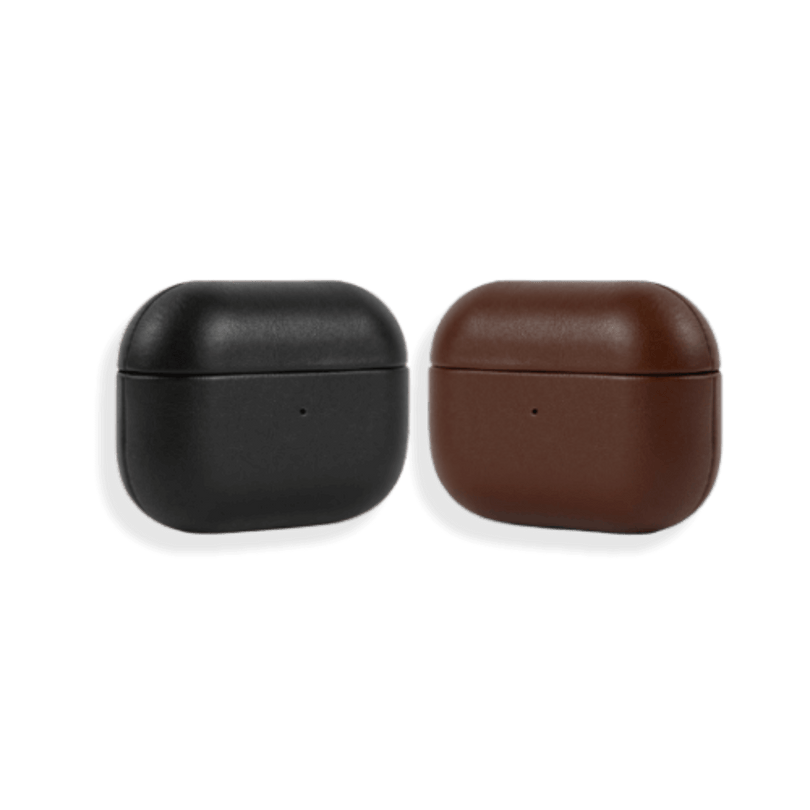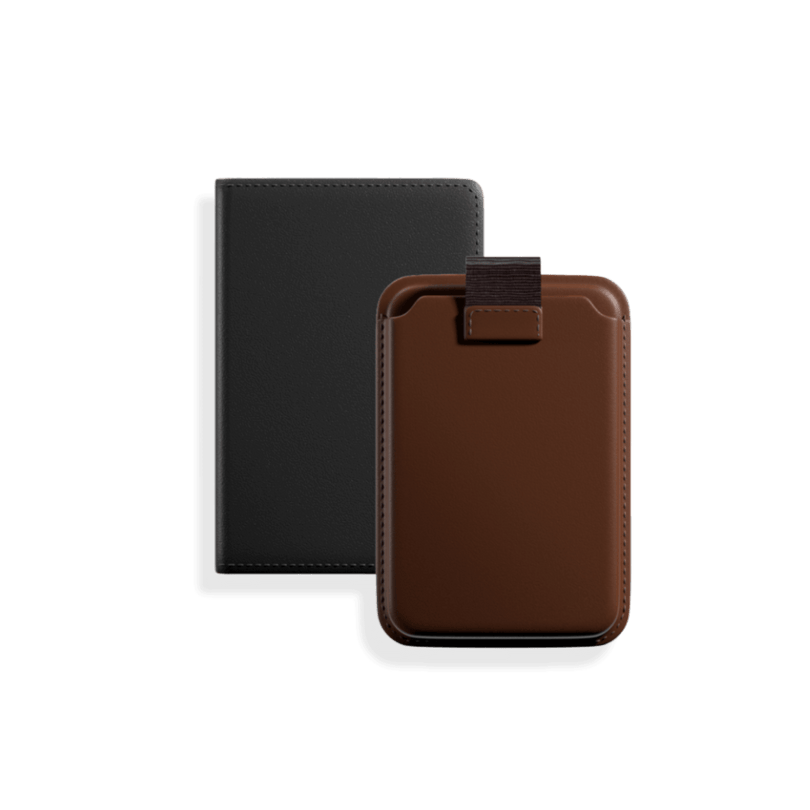Comparing the SANDMARC
Telephoto 6x and 2x Lens for iPhone
Physical Differences Between Telephoto 2x and 6x
The 6X lens is almost twice as heavy and significantly longer than the 2X. In terms of focal length, the 6X equates to 144 mm, while the 2X is 58 mm. The 6X has a minimum focus distance of 16 feet, whereas the 2X focuses at 30 CM (1 ft). Both lenses are enclosed in solid metal casing for durable protection.
Beyond the typical use of the 6X for distant objects and the 2X for closer objects, there are three nuanced categories to consider: camera movement, subject movement, subject distance and compression.
Beyond the typical use of the 6X for distant objects and the 2X for closer objects, there are three nuanced categories to consider: camera movement, subject movement, subject distance and compression.
Camera Movement
If you want to use the 6X lens to get close up on a distant subject, a tripod is usually necessary. While you can shoot some handheld footage with the 1X or 2X on the iPhone with the 6X lens, eliminating all possible jitter is best achieved with a tripod.
The 2X lens works well with both static and handheld shots. Using rigs like the Film Rig and the Creator Grip can help manage natural shake when shooting handheld.
The 2X lens works well with both static and handheld shots. Using rigs like the Film Rig and the Creator Grip can help manage natural shake when shooting handheld.
Subject Movement
Depending on the subject’s movement, either the 2X or the 6X might be more suitable. If the subject is moving fast and you need to reframe constantly, the 2X is better because it stabilizes easier when handheld.
The 6X lens, typically mounted on a tripod, results in jitter and shake if you need to reframe. For example, at the zoo, the 6X works well if the animal's movement remains in the frame, but if you wanted to follow the animal out of the frame, the 2X is preferable.
The 6X lens, typically mounted on a tripod, results in jitter and shake if you need to reframe. For example, at the zoo, the 6X works well if the animal's movement remains in the frame, but if you wanted to follow the animal out of the frame, the 2X is preferable.
Subject Distance
For capturing close-up shots with the 2X lens, you need to be near the subject. The 6X lens allows for close-up shots from a distance but requires a static setup.
A good example is at a zoo, where you’re usually far from the animals. Using the iPhone's 2X zoom in conjunction with the SANDMARC 6X lens gives a total of 12X zoom. The Telephoto 6X lens works well because zoo animals don't move around too much, allowing for manual framing and focus adjustments.
A good example is at a zoo, where you’re usually far from the animals. Using the iPhone's 2X zoom in conjunction with the SANDMARC 6X lens gives a total of 12X zoom. The Telephoto 6X lens works well because zoo animals don't move around too much, allowing for manual framing and focus adjustments.

Shot on iPhone 15 Pro

Shot on iPhone 15 Pro + Telephoto 6x
Compression
The 6X lens, with a 144 mm focal length, compresses the background against the foreground, making the background appear closer to the subject. The 2X lens at 58 mm offers less compression.
For example, in portrait photography, the 6X lens presses the background up against the subject, making it appear larger. The 2X lens shows the background at a greater distance, providing less compression.
This difference influences creative choices in photography, determining how much background you want visible and how you want it framed relative to your subject.
For example, in portrait photography, the 6X lens presses the background up against the subject, making it appear larger. The 2X lens shows the background at a greater distance, providing less compression.
This difference influences creative choices in photography, determining how much background you want visible and how you want it framed relative to your subject.
These are the three main categories to consider when deciding which lens to use. While creativity can lead you to break these guidelines, understanding the technical limitations of each lens helps in making informed decisions.





